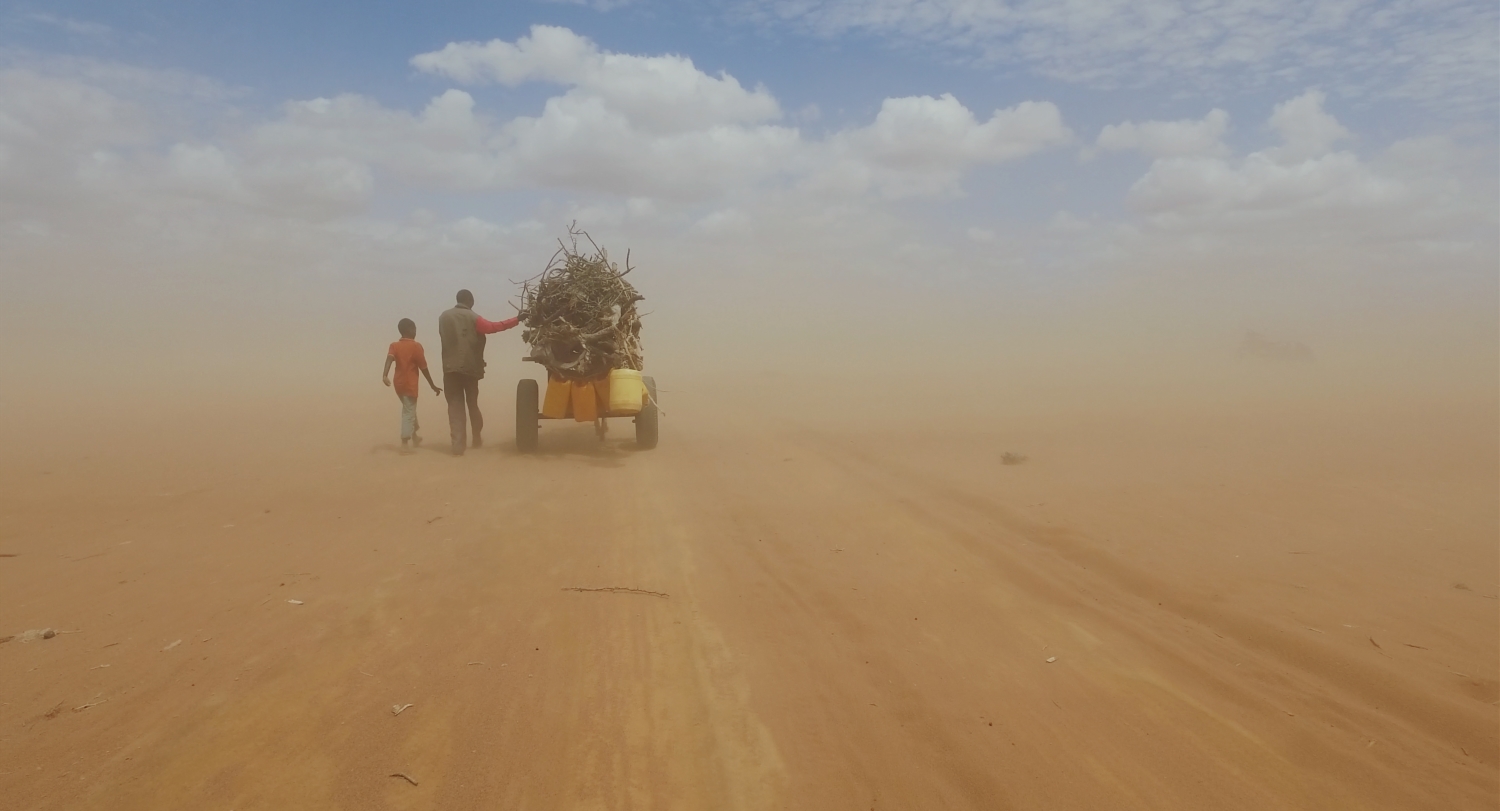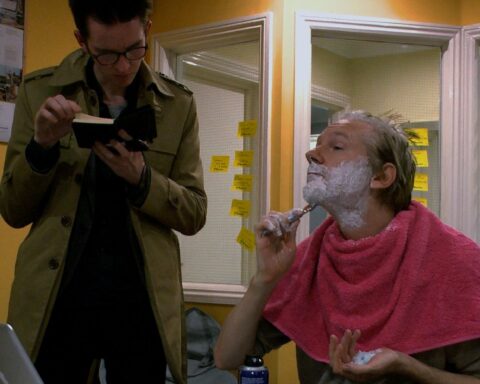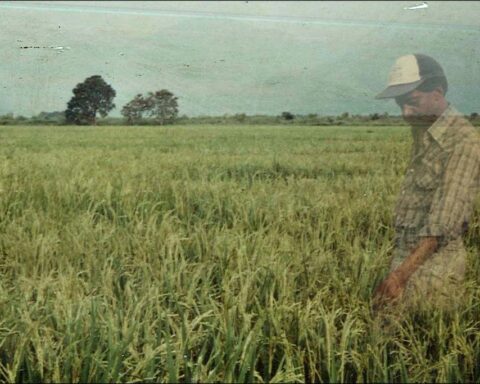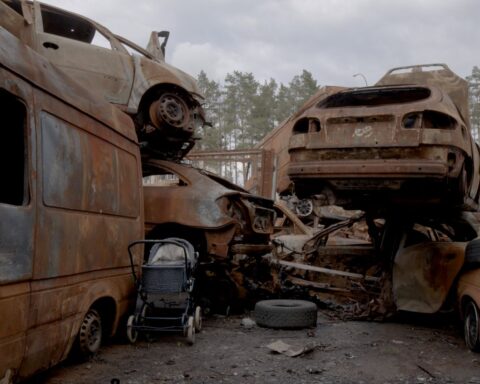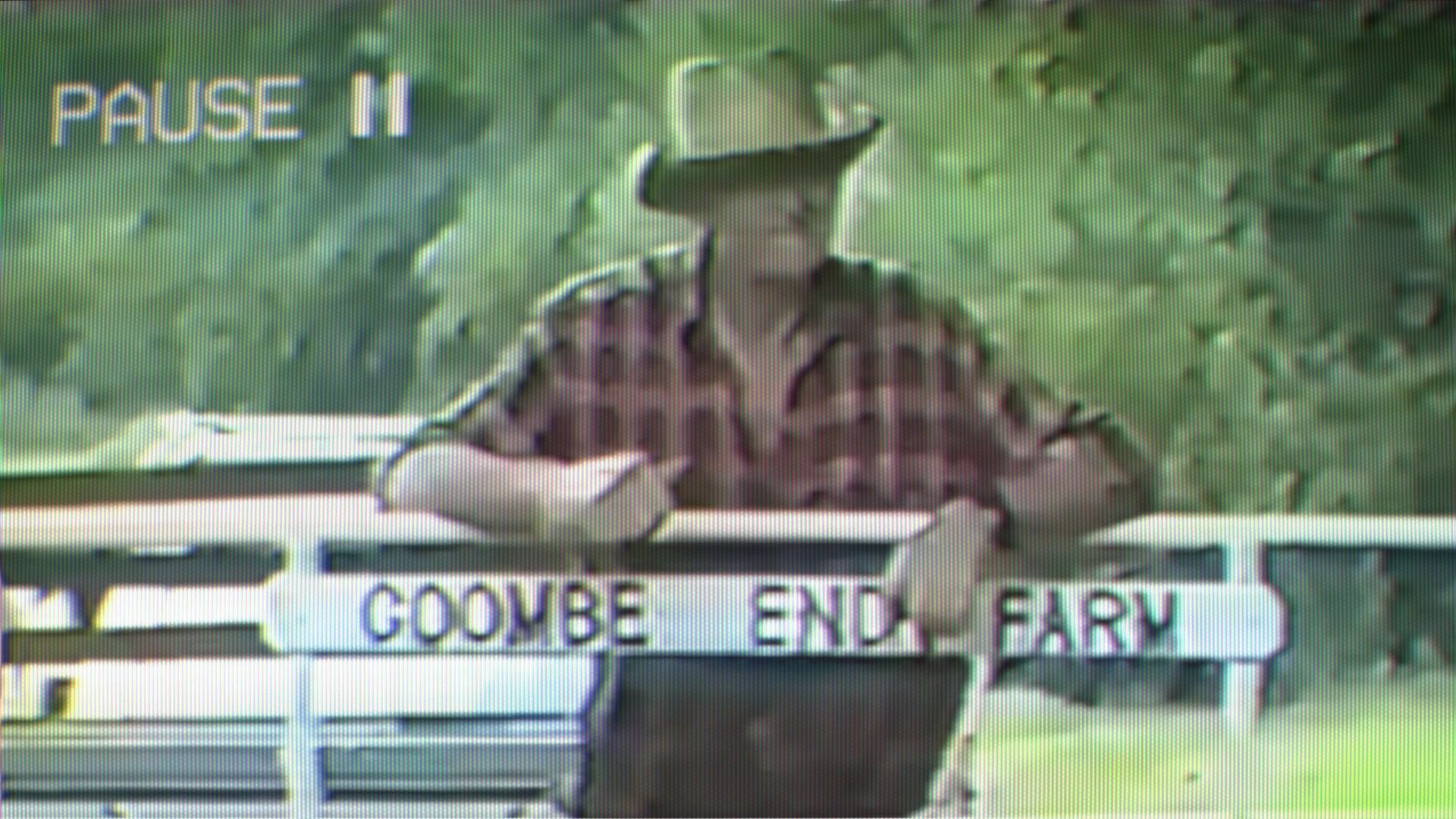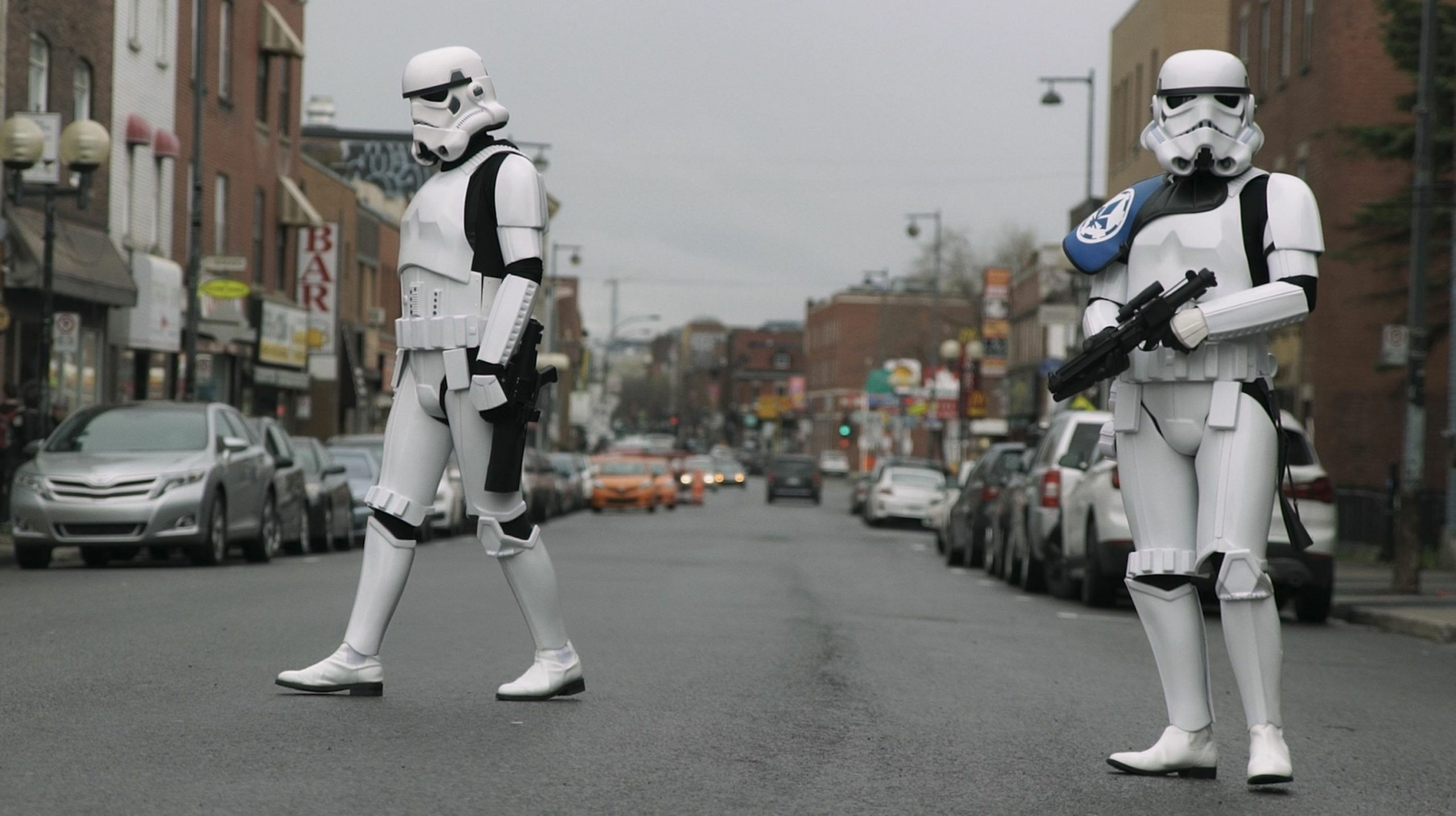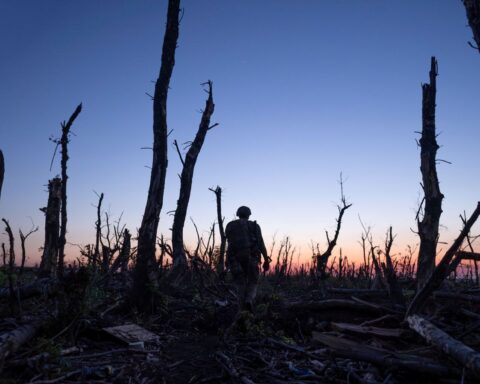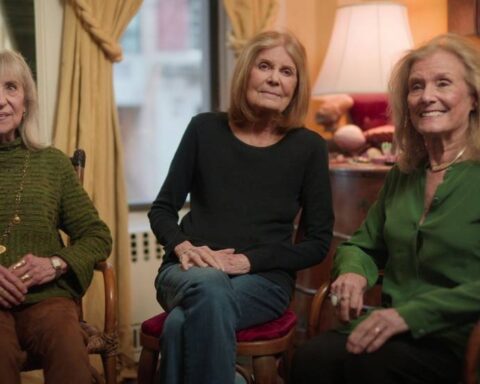In Ai Weiwei’s 2017 documentary Human Flow, the Chinese exile undertakes the ambitious project of showcasing the global refugee crisis. The film, shot in 23 countries, aims at showing the enormous scale of refugees and migrants across the globe, numbering, at the time of the film’s release, upwards of 65 million people. Displaced by war, climate change and political persecution, people worldwide are forced to abandon their homes in a desperate search for better lives.
In some ways, an attempt to be the be-all and end-all of refugee documentaries, Human Flow represents the impossible challenge of representing the scope of migration across the earth. Moving from Myanmar to Palestine to the United States, different people are lumped together by their common predicament. Drone shots flying high above the people show them as ants or small streams of movement, an almost aquatic mass moving towards the promise of greener pastures. The film mixes talking-head interviews with on-the-ground reporting; it tries to embrace the shared human experience but structurally elevates some lives above others as a consequence of its more classical documentary form.
As America and its allies withdrew from Afghanistan earlier this year, many watched live on TV and social media the horrific images of people trying to escape the country. People shared and analyzed shots of refugees running on tarmacs and others even hanging from airplanes as they took off, many plummeting to their deaths. The images were raw and disturbing, and some questioned the ethics of sharing them on a mass scale. In real time, we watched the beginning of a new refugee crisis. The destabilization of the country meant a new stream of people outward.
Afghanistan may be fresh in most of our minds, but it only represents a small fraction of the migrations happening every day across the world. Documentaries on the refugee crisis are hardly new; countless approaches have explored the situation across the internet, TV, and cinema for decades. Many take the position of informing, illuminating the particulars of specific plights, or persuasively counteracting anti-immigrant rhetoric (even without mentioning his name, Trump casts a long shadow on most of these films). Others, however, show a more existential crisis that focuses on a void and an absence rather than exploring a new influx of refugees and people.
As one of the most high-profile documentaries on the refugee crisis, Human Flow stands out as a film that represents many of the trends in the genre with some subversion by Ai. It takes the news media images of refugees as a mass and attempts to restore their humanity. In the scope of rhetoric that treats refugees as a mob, with animalistic comparisons, the documentary aims to showcase the “human flow” of refugees as a character in itself. The group, in this context, is more important than the individual.
This approach is undercut, however, by some of the questionable structural choices in Human Flow. Notably, it featured talking heads, many representing different governments (some of which have questionable human rights records). This choice subverts the equalizing perspective of the movement by representing certain hierarchies and privileging voices in positions of power and authority. These representatives have a functional role within the film but only emphasize the divide between those with and without power. While the film is awe-striking in scale, with stunning images and intimate moments, it often feels narrow in scope, prioritizing the testimony of officials and politicians over those of refugees.
The difficulty in humanizing large groups of people has led to many documentaries taking a more individual approach. These films also attempt to counteract the mainstream images of migrants and refugees as the “other” by focusing on particulars of their struggle. A documentary like Born in Syria (2016), which focuses on children’s experiences escaping their war-torn country and resettling in Europe, represents the new default for documentaries tackling the refugee crisis. The children and their caretakers speak for themselves in this film as director Hernan Zin follows their varied experiences. The cross-section of voices and backgrounds simulates the crowd’s perspective; these people have diverse viewpoints, identities, and goals, but are joined by a shared birthplace and circumstance.
Born in Syria does little to challenge documentary form or tackle issues beyond the immediacy of the day-to-day for the featured children. It doesn’t truly address the more significant political and environmental issues at work that contribute to their problems. Documentaries like Born in Syria, in effect, are comforting and rarely challenging, despite their difficult subjects. For much of their audience, the humanity of these refugees is already an indisputable fact. Will these films change the hearts and minds of those who may view refugees in a negative light? Perhaps, but they also don’t seem to be the intended audience. Much like the shared images of Afghans falling from an airplane, it asks the question, “Who are these images intended for?”
Vice News Tonight often stands at the front lines of the migration crisis. In its most recent season, the show had several episodes dealing with various refugee stories from across the Earth. Using the conventions of traditional news media, including the authoritative voice, combined with more underground and citizen-driven reporting, Vice represents a high-profile news organization that treads the line between a conventional and countercultural voice. While they utilize a form and structure familiar as traditional news reporting, their subjects and perspective diverge from what we have come to expect from your local evening news report or the 24/7 news cycle on CNN or FOX.
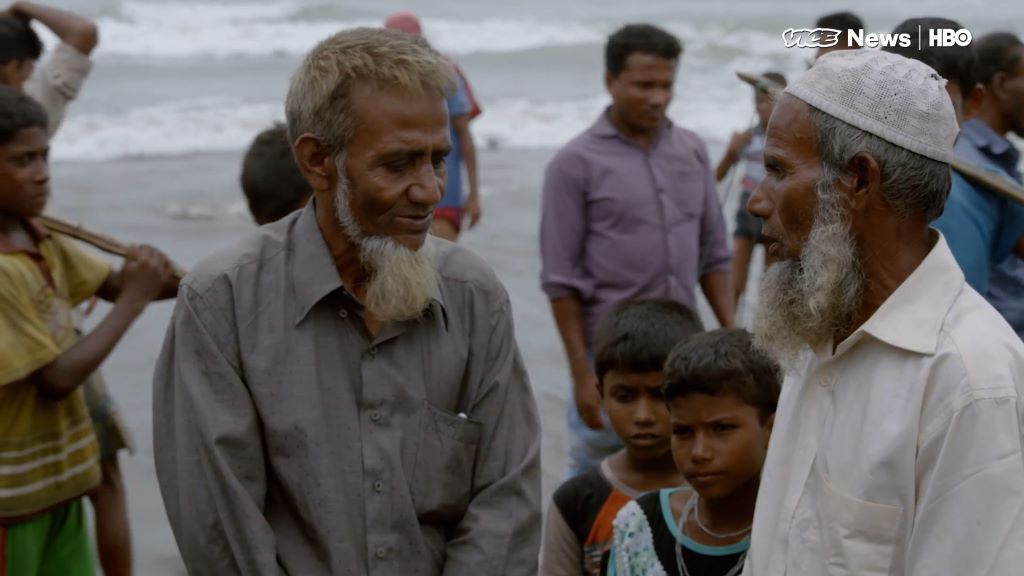
Part of this divergence lies in the producers’ willingness to show violence and the distinctly “Vice” editorial voice: glib, contrarian, and confrontational. In their episode on Myanmar, the reporter watches (as do we) several videos recorded by members of the Rohingya, a displaced minority Muslim group who have long been victims of ethnic cleansing in the country. We watch videos of villages and people burning. We see dead children.
The intention behind this seems to be to translate the horror of what is happening for the audience. As the Myanmar government insists that they are not committing genocide, these images prove otherwise. Yet, images of violence like this have long been under dispute. Susan Sontag has written at length about the idea of perpetuating images of suffering as dehumanizing towards their subjects and how they rarely have their intended effect (i.e. eliciting action or change in the viewer). In fact, in most cases, they serve to normalize the violence. While other philosophers such as Jacques Rancière argue that the media sanitizes the actual violence of war, the question of perpetuating images of suffering without consent or intention certainly should engender critical ethical considerations. And, based on Vice’s over-eagerness to show footage of death and carnage, it’s dubious to assume they’ve reflected deeply on the personal cost of these aesthetic choices.
Vice does counteract some of this dehumanization by similarly featuring citizen journalists telling and sharing their own stories. Still, they tread an uncomfortable line between elevating their work and exploiting it. While Vice tells stories about more commonly explored refugee crises, they often illuminate smaller and lesser-known struggles in places like Myanmar and the Democratic Republic of Congo.
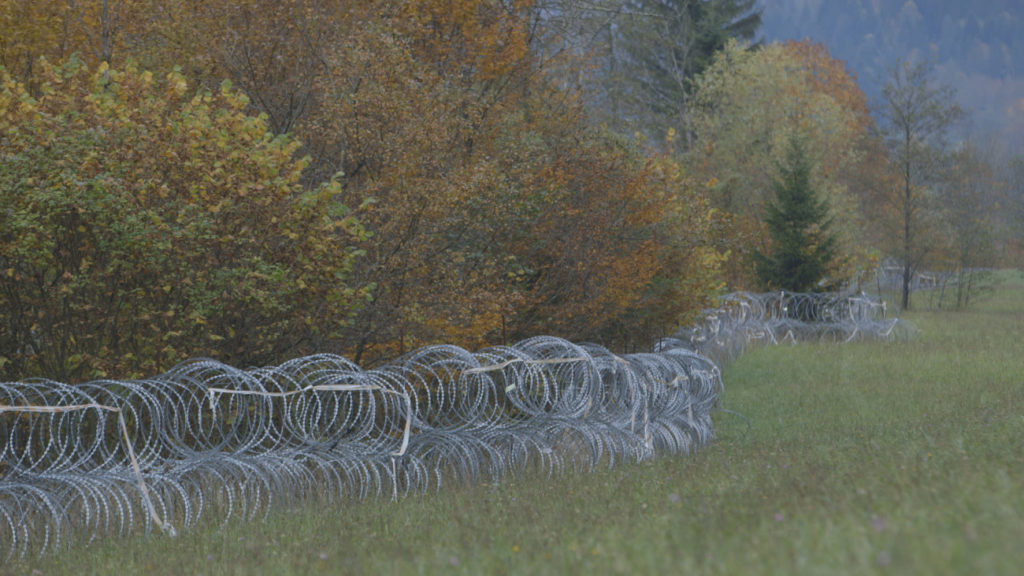
With Vice’s aesthetic tied to danger and risk, their willingness to push boundaries and preconceived narratives elicits unique images and perspectives that often privilege the voices of those suffering directly. Still, they struggle to overcome a certain glee in going into the thick of it. Their work feels integral for a wide audience but still has an air of at times feeling interminable. Most of the film takes place underwater, with limbs on view and muffled voices on the soundtrack. The film defies the comfort of objective or carefully framed perspectives, forcing the audience into the water with Alzakout.
While these films make strong aesthetic statements that immerse the audience, other documentaries, like The Wire (2021), directed by Tiha Gudac, take a subtler approach. The film examines a border fence erected in the Kupa region of Croatia, intended to deter refugees coming from Bosnia en route to Europe, through interviews with those who live in proximity to it. While conventional in many ways, the film obscures the faces of the refugees for most of the runtime. This structure highlights how migrants are often absent from their own stories. Once they “appear,” we become especially aware of how their experiences and testimonials are at odds with the preconceptions of the other speakers in the film. Without their voices, the documentary would be incomplete, and on a grand scale.
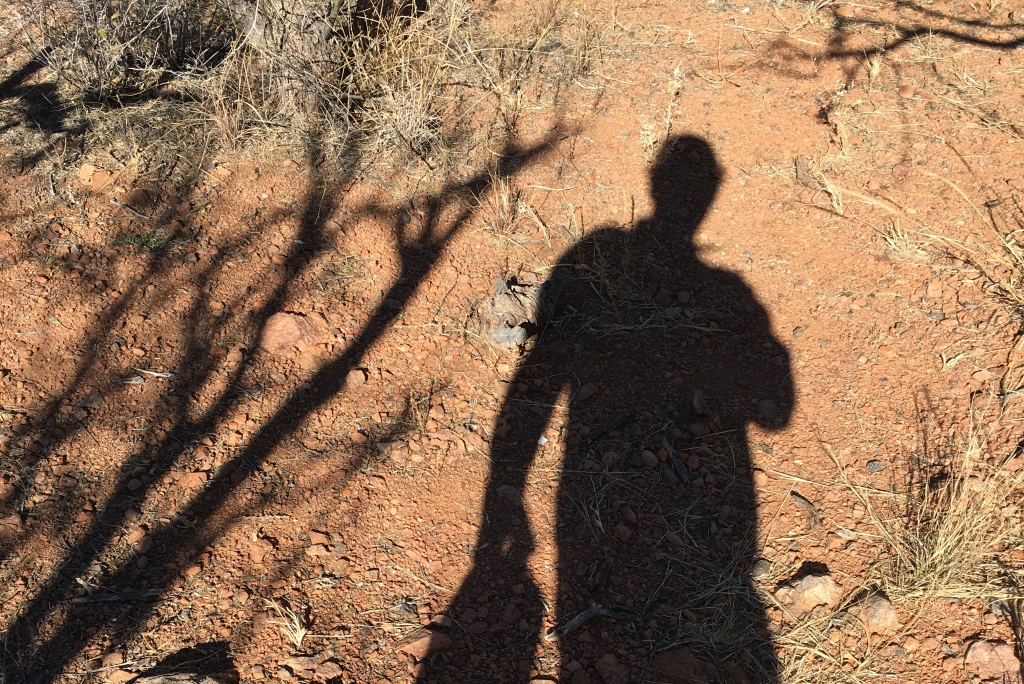
Some documentaries take even more poetic approaches to absence. With El Mar La Mar (2017), J.P. Sniadecki and Joshua Bonnetta collect oral histories of travellers (most of them migrants) by the southern US border. The film’s visuals, shot on textured and grainy 16mm film, focus on what was left behind in the Sonoran Desert. Opening with the border fence, shot in a way that creates an optical illusion reminiscent of early filmmaking devices, the film reflects on the finite materiality of art and life. The oral histories evoke mythic adventures of the ancient world, and the obsessive collecting of refugees’ discarded leftovers evokes Orpheus and his doomed trip through the underworld to restore his beloved Euridice, or Ulysses’ similar journey on his long quest to return home.
Mutts (2019) and 8th Continent (2018), two shorts, take the aesthetics of absence even further and don’t feature migrants in any material way. Halima Ouardiri’s Mutts documents a shelter in Morocco where over 750 dogs live in a confined space. While the film has no dialogue or voice-over, radio reports about refugees can be heard during one sequence. Much like Georges Franju’s Le sang des bêtes (1949), the film uses propagandistic imagery that compares migrants to animals and uses the way we treat animals as a metaphor for the way we are capable of treating people. It’s not necessarily that the animals are being abused, but the conditions are unsustainable; the lack of space, food, and comfort leading to endless infighting and palpable anxiety. The conditions are inappropriate for dogs. Why would they be acceptable for human beings?
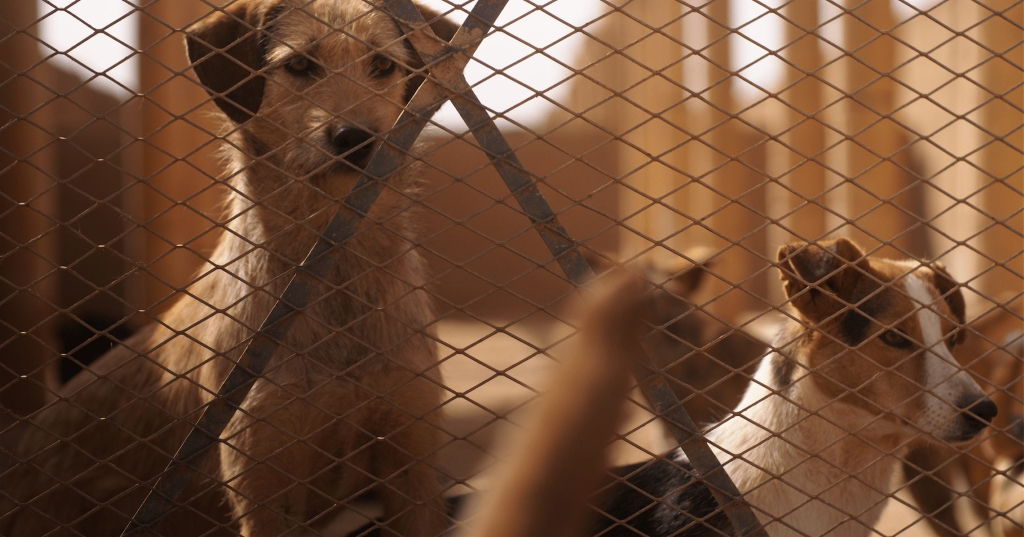
In 8th Continent, similarly to El Mar La Mar, director Yorgos Zois looks at what is left behind. Shot on the island of Lesbos in Greece, the filmmaker documents craterous landfills overflowing with lifejackets left behind from migrants arriving by sea. As much a graveyard as a landfill, these leftovers represent the living and the dead. We understand only a fraction of what is lost in the journey and will never be recovered through these objects.
As nearly every one of the documentaries emphasizes the homes, possessions, and families left behind, we understand that many never have the opportunity to make the journey, while too many don’t survive it. In nearly all cases, death and suffering are the haunting companions to those escaping their homelands.
With rising violence and impending climate doom, the number of migrants and refugees worldwide will likely only increase. Robbed of basic comforts and rights, many of these refugees are treated as less than human. For the most part, the majority of documentaries aim at restoring dignity and humanity. The artistic substance of these films feels important but also frustrating. The over-emphasis on “humanizing” often feels counterproductive, as the focus seems to be on combating untruths and propaganda rather than searching for sustained solutions at the source and beyond. While many of these films have an empowering angle, they can’t entirely escape their reductive lens: zeroing in on suffering as a shortcut to audience empathy. The immeasurable impact of art as activism walks a fine line between catering to and challenging the viewer.
There’s a moment in Human Flow where a cameraperson approaches a man in tears. Most of his family is dead. He doesn’t want to talk on camera, his grief insurmountable. What dignity is he afforded if he can’t even grieve in peace? The moment may be harrowing, representative of thousands, if not millions, of families gone and lost. At what point do these films exist to support the pre-existing beliefs and feelings of the viewer, and at what point are they doing good for those they depict? If documentaries can change hearts and minds, do they ever truly inspire action?




